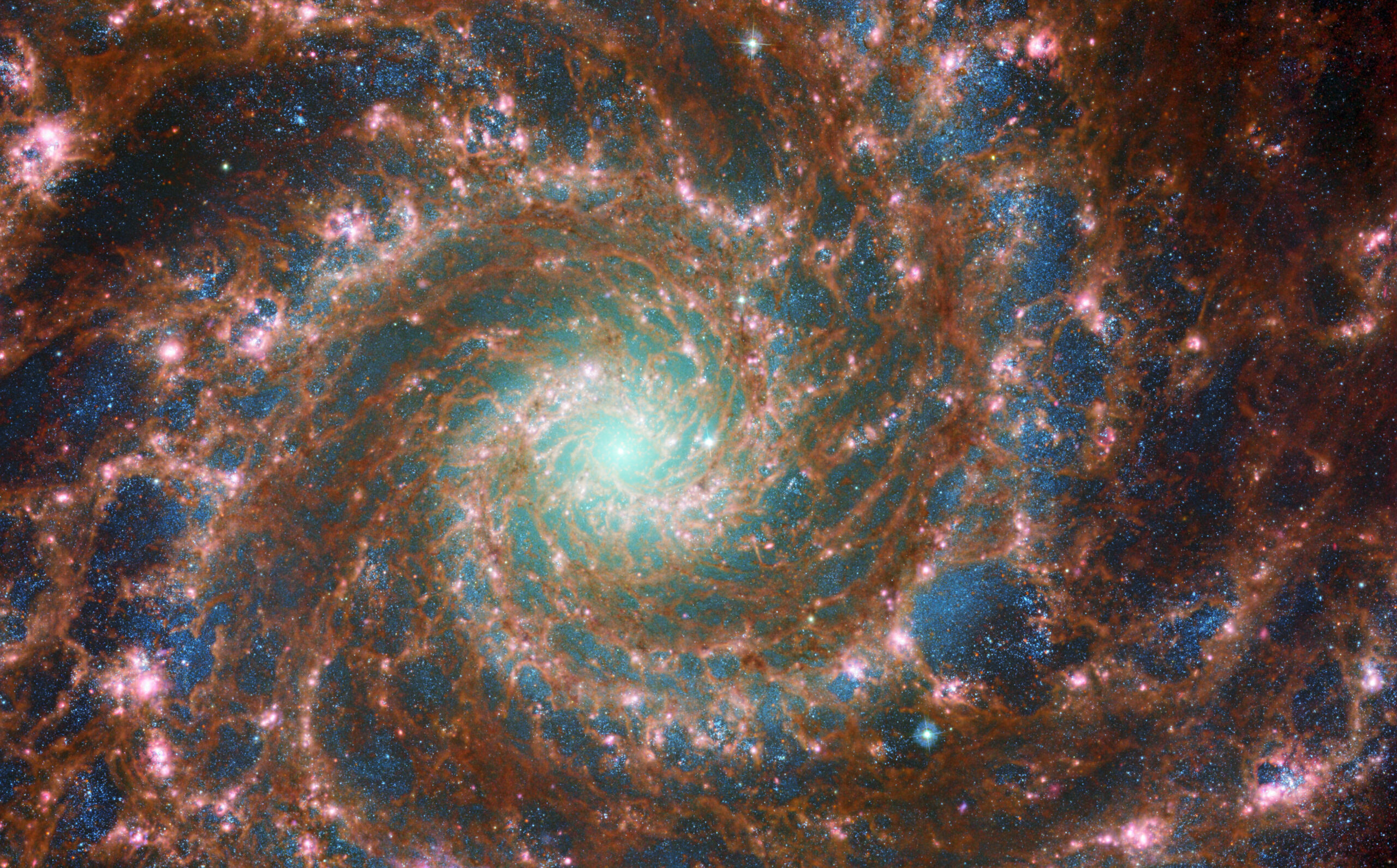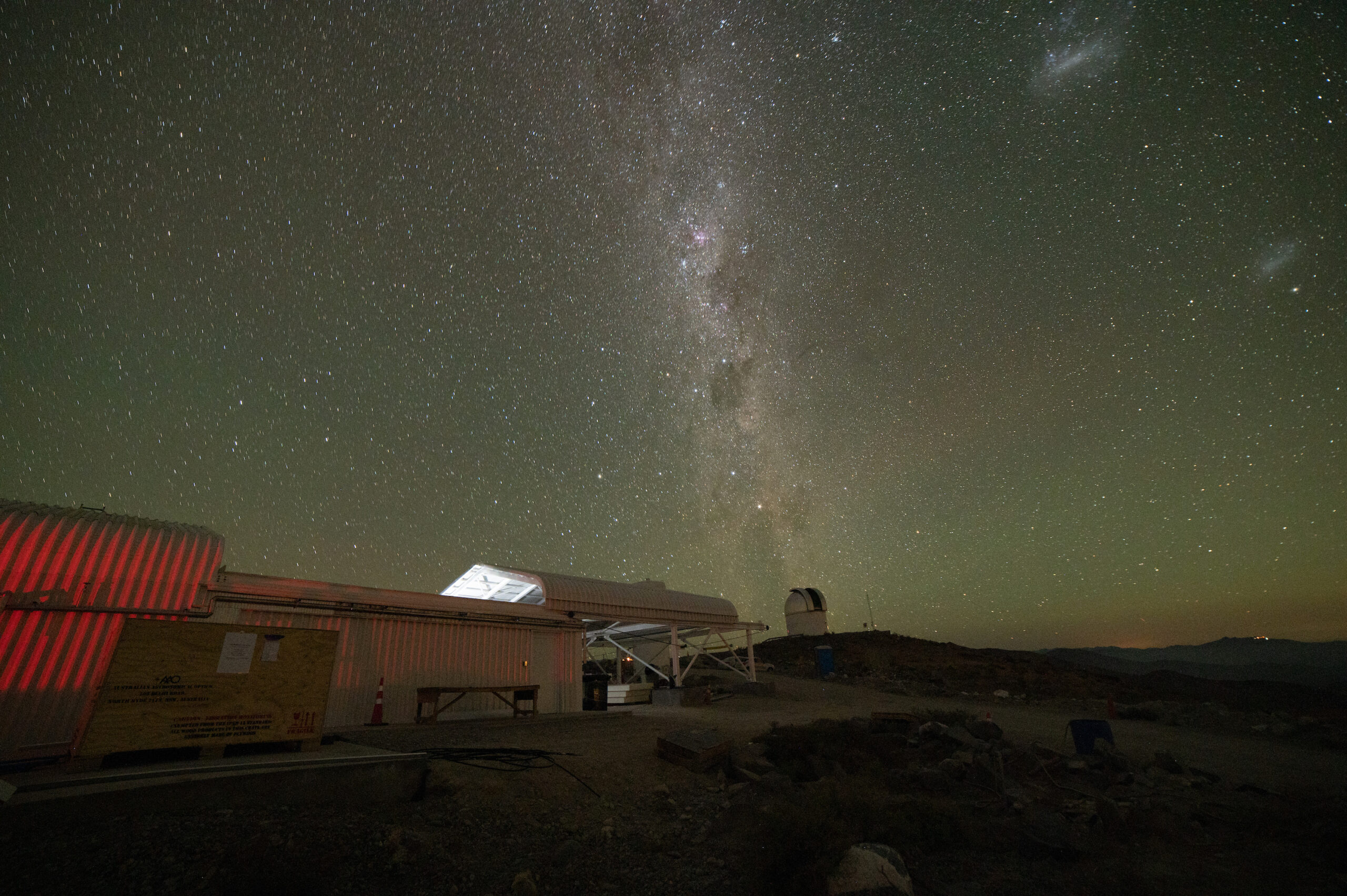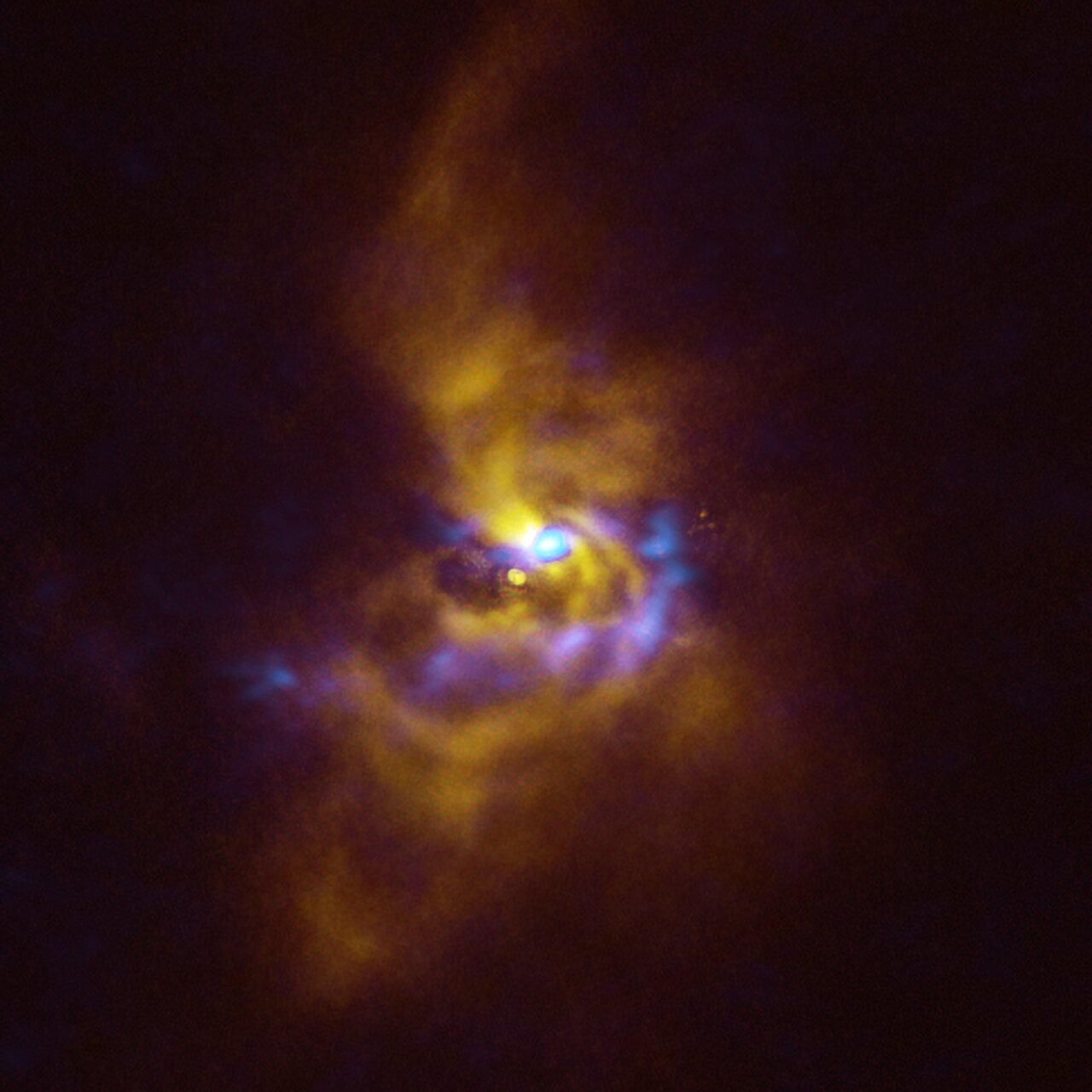Honorable mention at the Thesis Prize of Univ. São Paulo for high presicion stellar spectroscopy
The PhD work on chemical abundances of solar twins of Dr. Marcelo Tucci Maia from the Astronomy Nucleus UDP was honoured at the Thesis Prize 2018 of Universidad of São Paulo, Brazil.

In Tucci’s PhD thesis he used a special technique to analyse solar twin stars to unravel chemical peculiarities that otherwise would not be possible to be detected. This technique, called differential spectroscopy, is based on the use of a sample of stars very similar to the Sun (hence the name twin solar, which is different from solar sibling) in which its comparison with the Sun itself allows us to achieve a very high precision in determining the chemical content of this restricted group of stars. This is possible for solar twins because we know the properties of our star, the Sun, much better than any other star in the Galaxy.
With this it was possible to study the binary system 16 Cyg, where the two components are solar twins. This binary is unique, as only one of the stars has a giant planet detected. By comparing one star to the other, Tucci discovered that there is a subtle difference in their chemical pattern. If we want to replicate this abundance trend in a star with the same mass as the Sun (and with a similar convective zone), it would be necessary to add/remove 1.5-6.0 Earth masses with a material that have the same composition as the Earth. This may then be an evidence of a chemical signature of the planet-star interaction.
In addition, taking advantage of high precision provided by the differential method, Tucci Maia performed a investigation of the chemical composition on solar twins of different ages. This gave information about the effects of extra-mixing processes, where he infered that the Sun can destroy lithium in its convective zone, while depletes beryllium in a very inefficiently way over time. This suggests that mixing inside solar type stars are more complex than what our standard models predicts and know the abundances of this light elements helps the creation of alternative models for the structure and evolution stellar interior.
Read more:
High precision abundances in the 16 Cyg binary system: a signature of the rocky core in the giant planet, Tucci Maia et al 2014
Shallow extra mixing in solar twins inferred from Be abundances, Tucci Maia et al 2015
The solar Twin planet search III. The [Y/Mg] clock: estimating stellar ages of solar-type stars, Tucci Maia et al 2016









